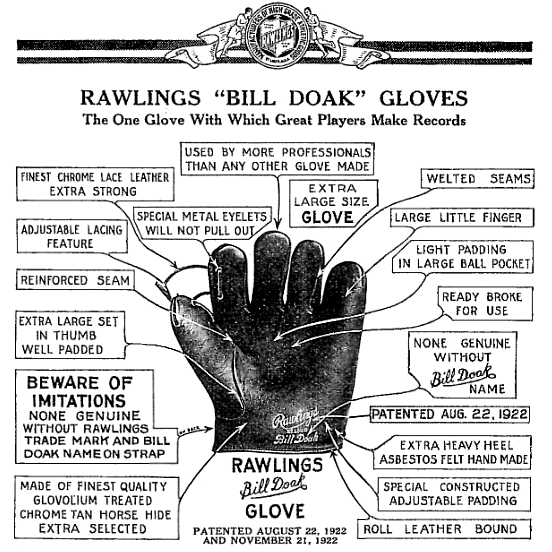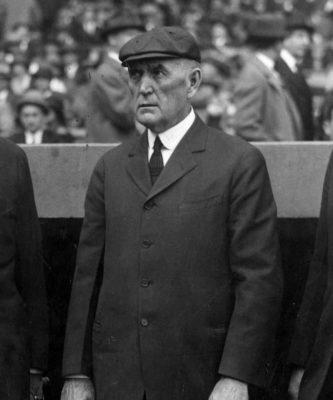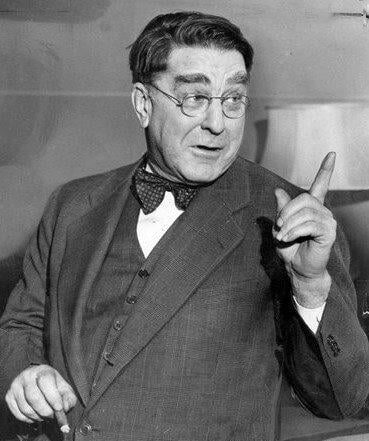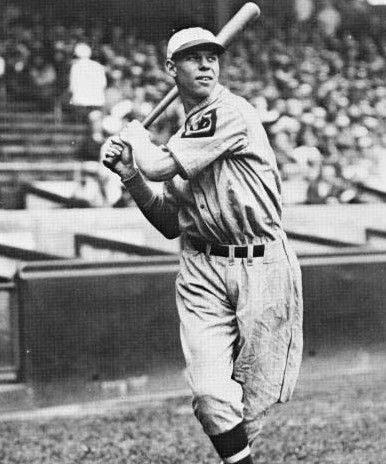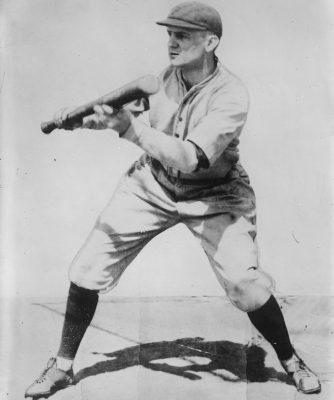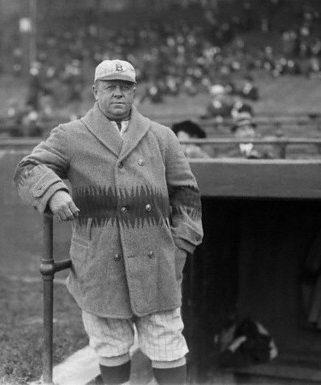Bill Doak
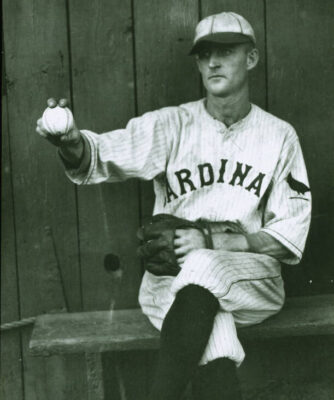
| Birthdate | 1/28/1891 |
| Death Date | 11/26/1954 |
| Debut Year | 1912 |
| Year of Induction | |
| Teams | Cardinals, Dodgers, Reds |
| Positions | Innovator, Pitcher |
Only Bob Gibson has more shutouts for the Cardinals than Spittin’ Bill Doak who forever changed the way baseball gloves were designed and used.
Leave a commentIn the collection:
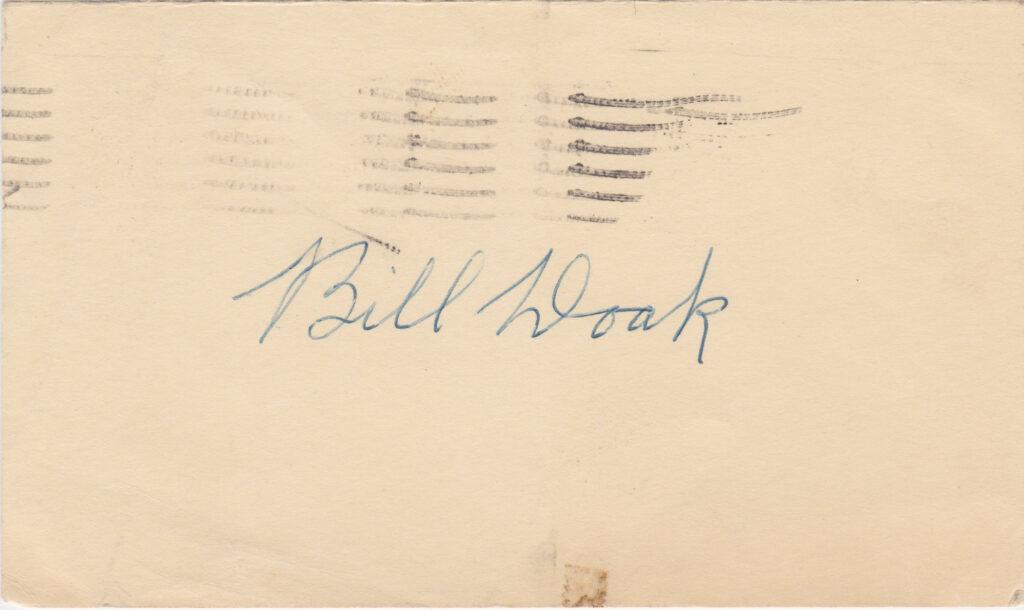
Pitcher Bill Doak had a fine MLB career before becoming an innovator for the design of baseball gloves
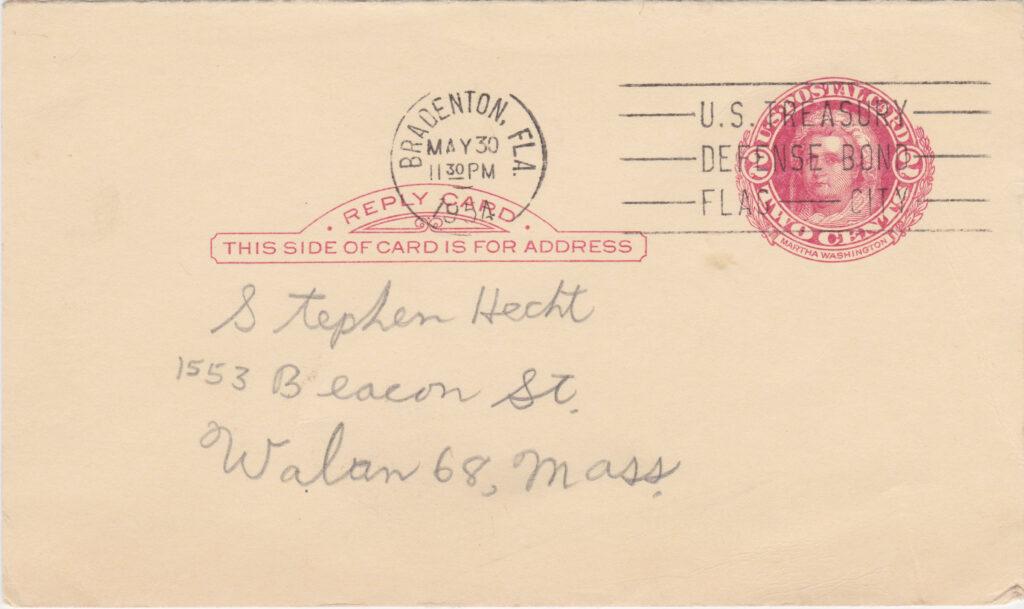
After retiring from the game, Bill Doak coached high school baseball in Bradenton, Florida
